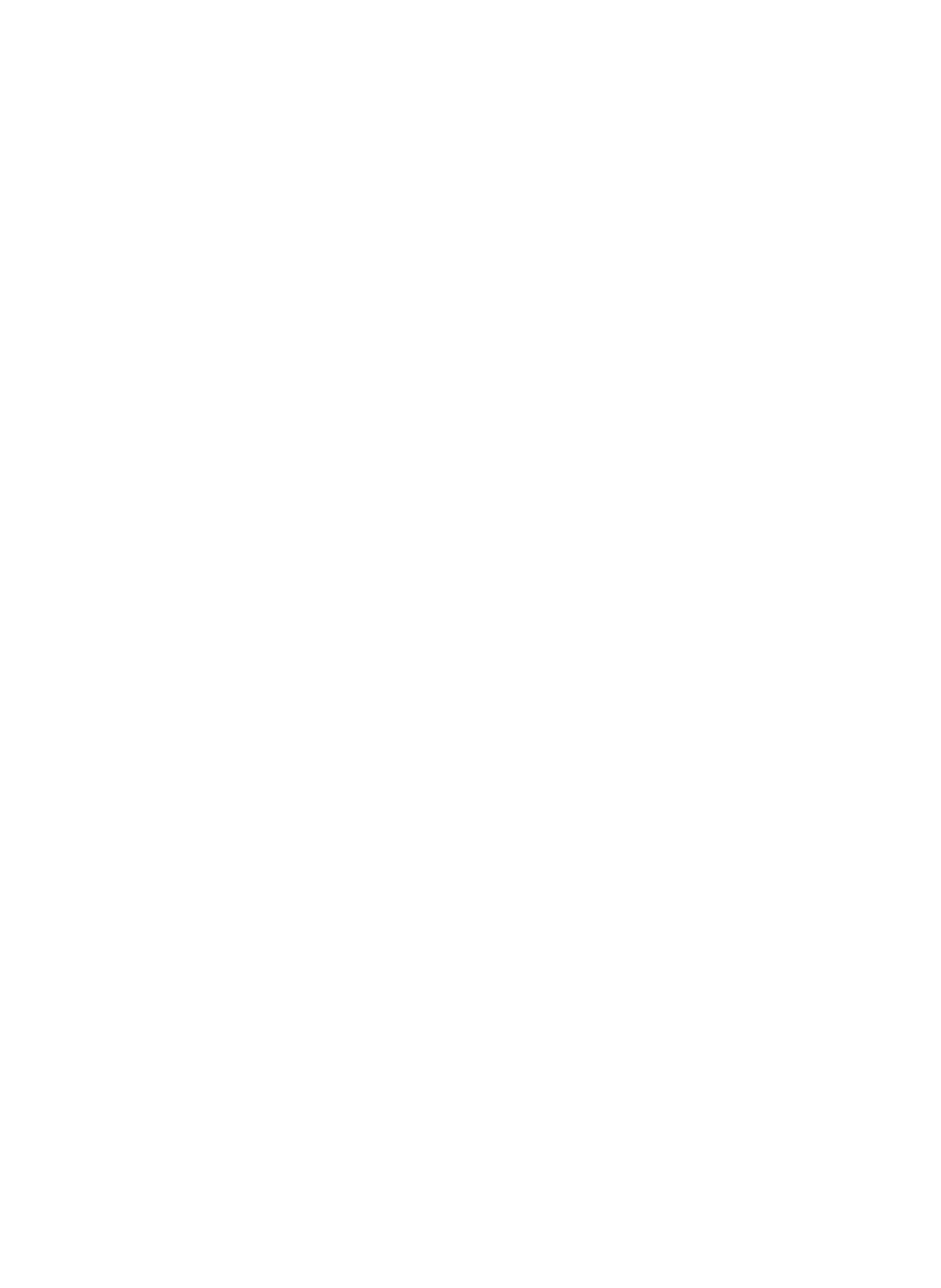

267
臺大管理論叢
第
28
卷第
1
期
Prob(
EFFECTIVE
) =
β
0
+
β
1
SOX404
+
β
2
SIZE
+
β
3
ROA
+
β
4
LEV
+
β
5
PE
+
β
6
MB
+
β
7
BIGN
+
β
8
RCP
+
β
9
FT
+
β
10
AGLOSS
+
β
11
MARKETCAP
+
δ
‧
YEAR
+
ψ
‧
INDUSTRY
+
ε
(1)
Prob(
EFFECTIVE
) =
β
0
+
β
1
AS5
+
β
2
SIZE
+
β
3
ROA
+
β
4
LEV
+
β
5
PE
+
β
6
MB
+
β
7
BIGN
+
β
8
RCP
+
β
9
FT
+
β
10
AGLOSS
+
β
11
MARKETCAP
+
δ
‧
YEAR
+
ψ
‧
INDUSTRY
+
ε
(2)
where
EFFECTIVE
is coded 1 if a company concludes that its internal control system
is effective in its 10-K filing and 0 if otherwise. Our experimental variables of interest are
SOX404
and
AS5
.
SOX404
is a dummy variable with a value of 1 if a company is subject
to SOX 404 and 0 if a company is subject to SOX 302.
AS5
is also a dummy variable that
is coded 1 if AS5 is applicable to the company and 0 if AS2 is applicable to the company.
We estimate Model 1 using the subsamples of restatement companies and non-
restatement companies, separately. For the subsample of restatement companies, based on
H1a, we expect the coefficient on
SOX404
to be negative, which would suggest that the
implementation of SOX 404 has reduced Type II errors in the sense that restatement
companies are less likely to conclude that their ICFR systems are effective under the SOX
404 regime. For the subsample of non-restatement companies, based on H1b, it is
expected that the coefficient on
SOX404
is negative, which would suggest that non-
restatement companies are less likely to conclude that their ICFR systems are effective
under the SOX 404 regime, resulting in a higher Type I error rate.
To test H2a and H2b, we draw a sample covering only companies subjected to SOX
404 and estimate Model 2 in the same manner using the subsamples of restatement
companies and non-restatement companies, separately. For the subsample of restatement
companies, based on H2a, we do not have directional expectation of the coefficient on
AS5
. If the coefficient on
AS5
is positive (negative), it suggests that restatement companies
adopting AS5 are more (less) likely to conclude that their ICFR systems are effective, and
thus result in a higher (lower) Type II error rate. For the subsample of non-restatement
companies, based on H2b, it is expected that the coefficient on
AS5
is positive, which
would suggest that non-restatement companies are more likely to conclude that their ICFR
systems are effective if they adopt AS5 and thereby result in a lower Type I error rate.


















